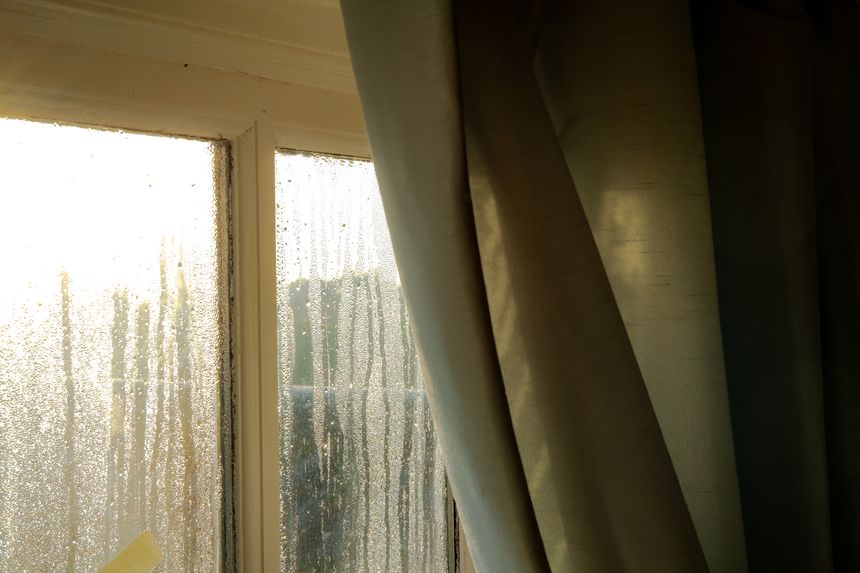The Awaab’s Law regulations (phase one covering all emergency hazards and damp and mould) came into force on Monday 27 October 2025.
Guidance for tenants
The Government also published its guidance for tenants on 27 October 2025 for the first time. Key points from the guidance are highlighted below:
- Section 6 - Telling your landlord about a hazard - The guidance stresses how helpful and important it is to tell the landlord not just about the type of problem, but also the people who live in the household and their personal situation and health issues. This is, of course, necessary information for landlords to carry out the required subjective assessment of the level of hazard.
- Methods of reporting - The guidance sensibly suggests ‘you should avoid using social media to report issues unless your landlord has confirmed that it is suitable for reporting problems’, reinforcing the content of the Guidance for Social Landlords.
- Written summary by text message (section 8) - It refers to tenants being able to receive the written summary by text message (section 8). This is odd as it is not in the regulations (which allow for first class post, hand or personal delivery or email) nor is it referred to in the final landlord’s guidance section 6.2 and is clearly impractical anyway.
- Decanting to suitable alternative accommodation (section 9) - it is more explicit than the landlords’ guidance. It makes clear that:
- If tenants refuse a suitable offer, but later change their mind, the landlord does not have to offer again.
- ‘You can go home anytime. Once you confirm in writing that you no longer want the alternative accommodation, your landlord’s duty ends’. If the landlord has not yet finished works to make the property safe, however, it is arguably not correct to say the tenant can just return home. Decant agreements could contain helpful provisions about this.
- Section 11 - ‘what if your landlord doesn’t act?’ - This refers first to using the internal complaints procedure, then to the Housing Ombudsman Service. It then refers to the pre-action protocol for housing conditions claims and finally to court action. It emphasises that ‘going to court can be time consuming and expensive’ and provides detail about no-win-no-fee solicitors and funding arrangements and the (limited) legal aid available.
- Claims for breach of Awaab’s Law - The guidance confirms that these are breach of contract claims which can only be brought by the ‘named tenant’.
Guidance for social landlords
The final guidance for social landlords was also published on 17 October. There is little significant change from the draft but it does still confusingly define ‘tenant’ in the Section 13.2 references section as including ‘other occupiers of a home let by a social landlord under a tenancy agreement’. However, when it comes to the enforcement of Awaab’s Law in litigation, only the named tenant can bring a claim for breach of contract, as the tenant’s guidance make clearer (see above). Social landlords' tenancy agreements have routinely excluded the provisions of the Contracts (Rights of Third Parties) Act 1999 for many years.
For more information
Visit our Awaab’s Law Hub, where you can find all our blogs and comments in one place and all the up to date government guidance and publications. For further information, please contact me.


/Passle/5f4626f28cb62a0ab4152da6/SearchServiceImages/2025-11-27-10-35-43-481-6928297f9b05efae39ca66b6.jpg)

/Passle/5f4626f28cb62a0ab4152da6/SearchServiceImages/2025-12-15-10-16-37-220-693fe005986c138eb568fcc7.jpg)
/Passle/5f4626f28cb62a0ab4152da6/SearchServiceImages/2025-12-15-10-13-07-553-693fdf33986c138eb568f7eb.jpg)